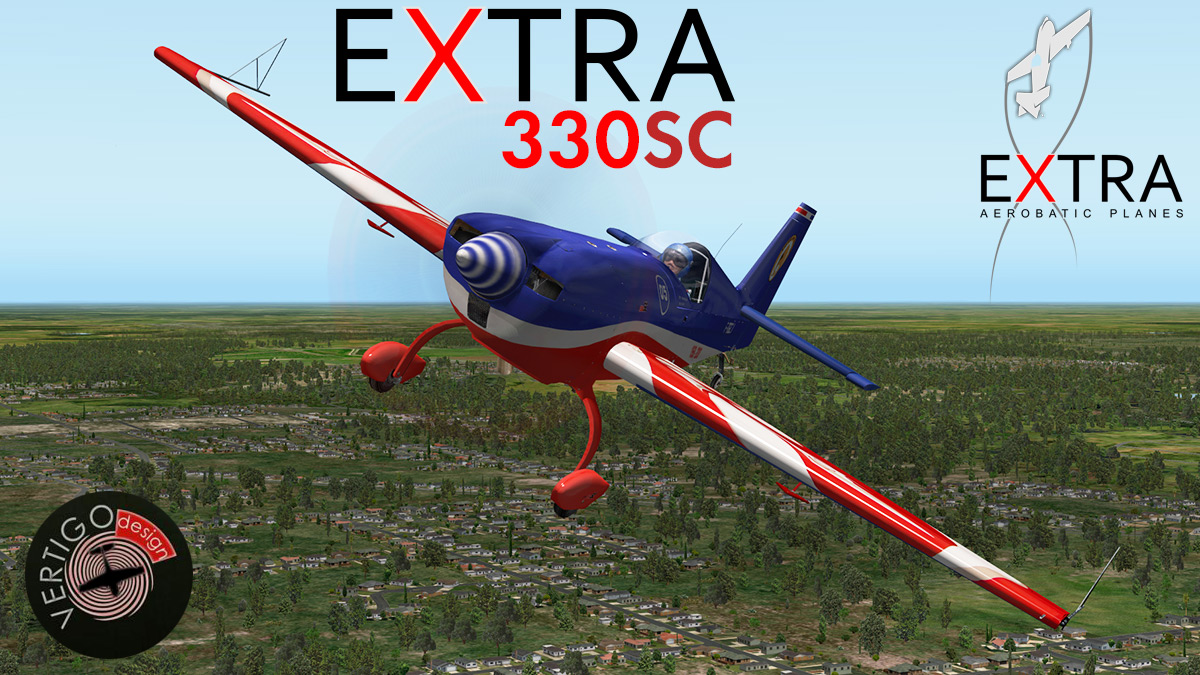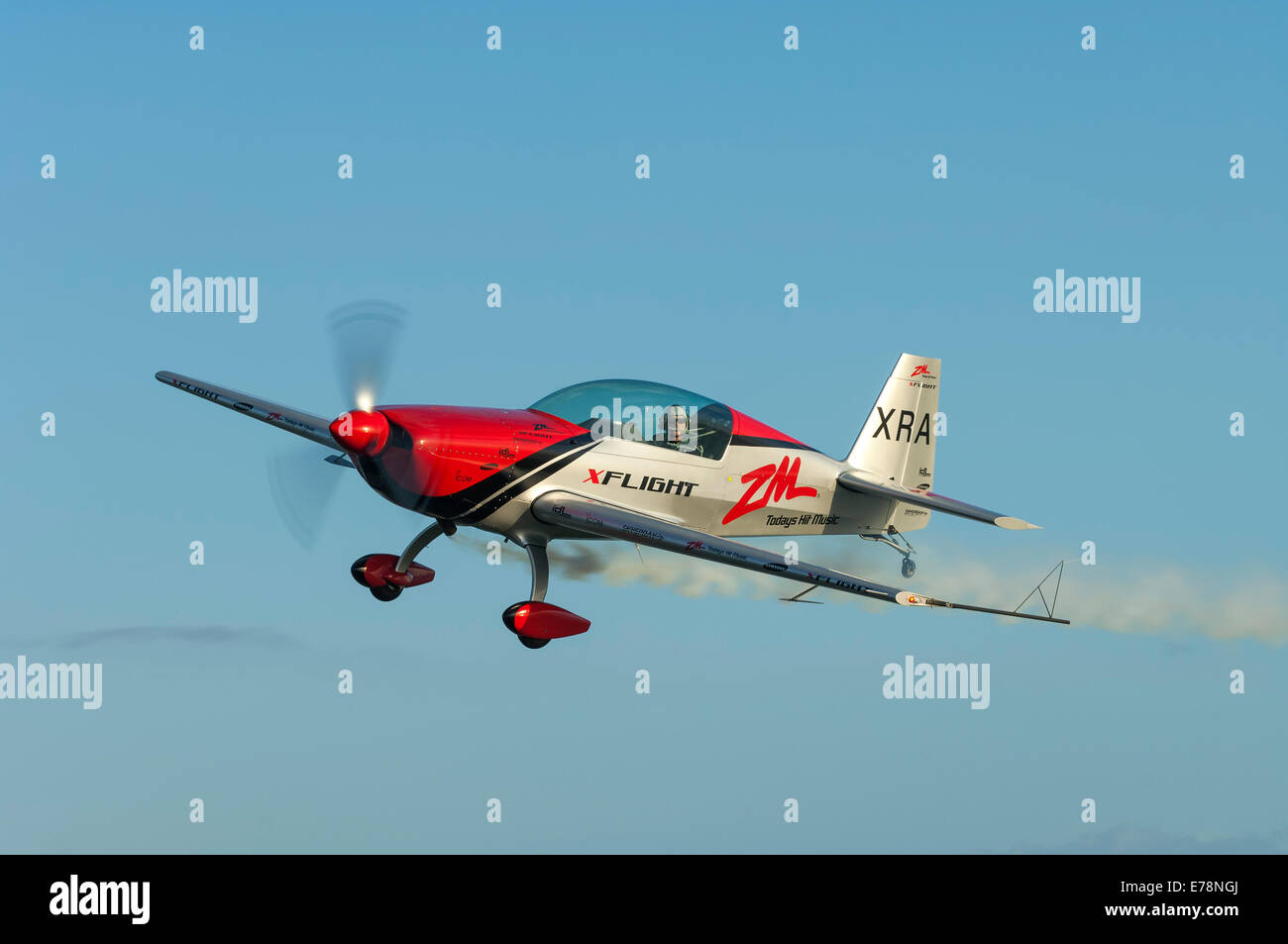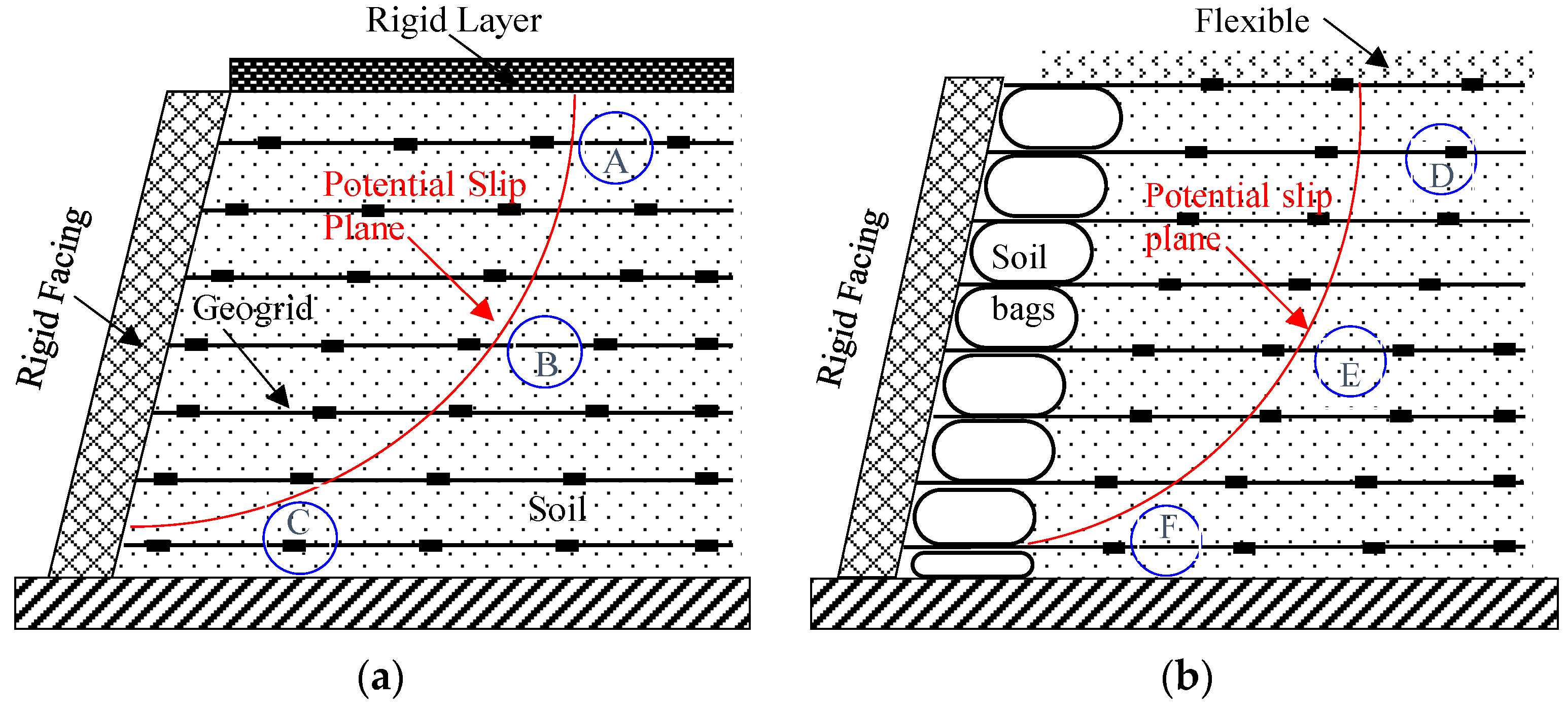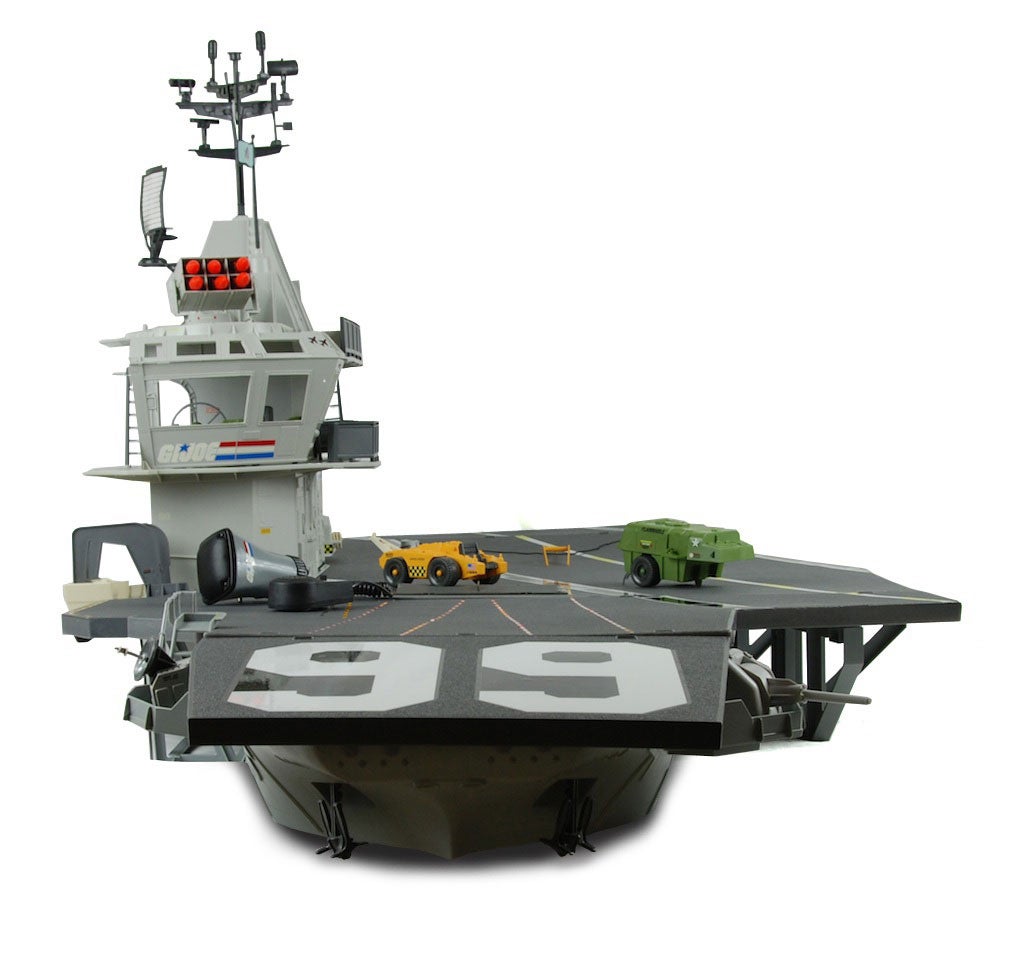Elt Aircraft - The ARTEX ELT 345 transmits on 406 MHz and 121.5 MHz frequencies and can provide position accuracy with an optional GPS input thanks to the built-in GPS navigational interface. GPS data is embedded from the first emergency transmission and provides Search and Rescue
personnel with the aircraft location, within 100 meters, in less than a minute. Even though satellites no longer monitor 121.5 MHz signals, the search and rescue community will still respond when notified through other means. ELTs were originally intended to use 121.5 MHz to inform air traffic control and pilots monitoring the frequency of an emergency.
Elt Aircraft
These ELTs continue to serve in that role, relying on fellow pilots and ground-based radio facilities to monitor the signals. As a best practice, pilots should monitor 121.5 MHz when flying and report to air traffic control any ELT alert heard.
International Requirements
Existing 121.5 MHz ELTs continue to meet the FAA's regulatory requirements, but 406 MHz ELTs also meet the regulatory requirement, are monitored by satellites, and enable a more accurate search and rescue response. Now approved with a 15-inch antenna and a new two-wire slim-line remote switch, the ELT 345 is available in three different retrofit configurations featuring flexible options that allow for easier and less expensive installations on experimental and general aviation aircraft, according to
company officials. Pilots and installers should carefully follow the manufacturer's instructions and perform any tests to verify that the ELT will function as intended, taking care to avoid triggering a false alert. Per the FAA's ELT Advisory Circular, care should be taken to prevent accidentally triggering a search and rescue response.
Accidental activation of an ELT will generate an emergency signal that cannot be distinguished from that of an actual emergency and could lead to expensive and frustrating searches. Moreover, the unwarranted ELT signal could tie up the emergency frequencies such that a genuine emergency signal would not be picked up.
The Artex ELT 1000 is a value-priced upgrade to standard 121.5 MHz transmitters, which are no longer monitored by the Cospas-Sarsat system. The 406 MHz transmitter produces a much more accurate position, typically 3 kilometers as compared with 15 to 20 kilometers for 121.5 MHz
Impact Of False Alerts
transmitters. Toll Free: 877-477-7823 Customer Service: 800-861-3192 Fax: 800-329-3020 Incorrectly disposed of ELTs have caused numerous false alerts and greatly increased the workload for first responders. In California, one Civil Air Patrol squadron searched through trash for six hours at a local recycling facility to locate an ELT and disconnect its battery.
Pilots and mechanics should take care to dispose of an old ELT in a manner that ensures it will not cause a false alert. The ELT manufacturer will normally include specific disposal guidance, but removing the antenna and battery is the industry standard.

The FAA decided against mandates that it deemed would place an undue burden on aircraft owners and decided not to issue an airworthiness directive or policy prohibiting installation approval of units that use hook-and-loop fasteners. It also decided against withdrawing the TSO authorizations of ELTs utilizing hook-and-loop fasteners for mounting.
Neither a revised policy nor withdrawal of TSO authorizations is needed, the FAA said in a Federal Register Notice, because manufacturers with ELT designs incorporating fasteners "which failed to perform their intended function in accidents either have revised or are in the process of revising their designs
Aopas Position On Mhz Mandate
, minimizing the need for policy in this area.” The agency's choice to instead encourage voluntary action, the FAA noted, “avoids placing an undue burden on aircraft owners while acknowledging the voluntary efforts of ELT manufacturers to improve designs.”
ELTs were originally intended for use on the 121.5 MHz frequency to alert air traffic control and aircraft monitoring the frequency. In 1982, a satellite-based monitoring system was implemented, COSPAS-SARSAT, to provide a better way to detect these distress signals.
In 2009, the international COSPAS-SARSAT satellite system discontinued satellite-based monitoring of the 121.5/243 MHz frequencies, in part because of a high number of false signals attributed with these frequencies. Satellite monitoring today uses the 406 MHz frequency only.
While there's no requirement in the United States to replace the first- and second-generation 121.5 MHz ELTs, since 2009, 121.5 and 243 MHz distress signals transmitted from ELTs operating on the lower frequency have only been able to be detected by ground-based receivers
, such as local airport facilities and air traffic control facilities, or by overflying aircraft. Pilots should be aware that existing 121.5 MHz ELTs, although still legal from the FAA's perspective, will provide extremely limited assistance if an aircraft crashes, especially in a remote location.
In 2019, the manufacture, importation, or sale of 121.5 MHz ELTs became prohibited in the United States per an FCC final rule, but the new rule does not prohibit aircraft operators from continuing to use 121.5-MHz ELTs now installed in aircraft, nor does
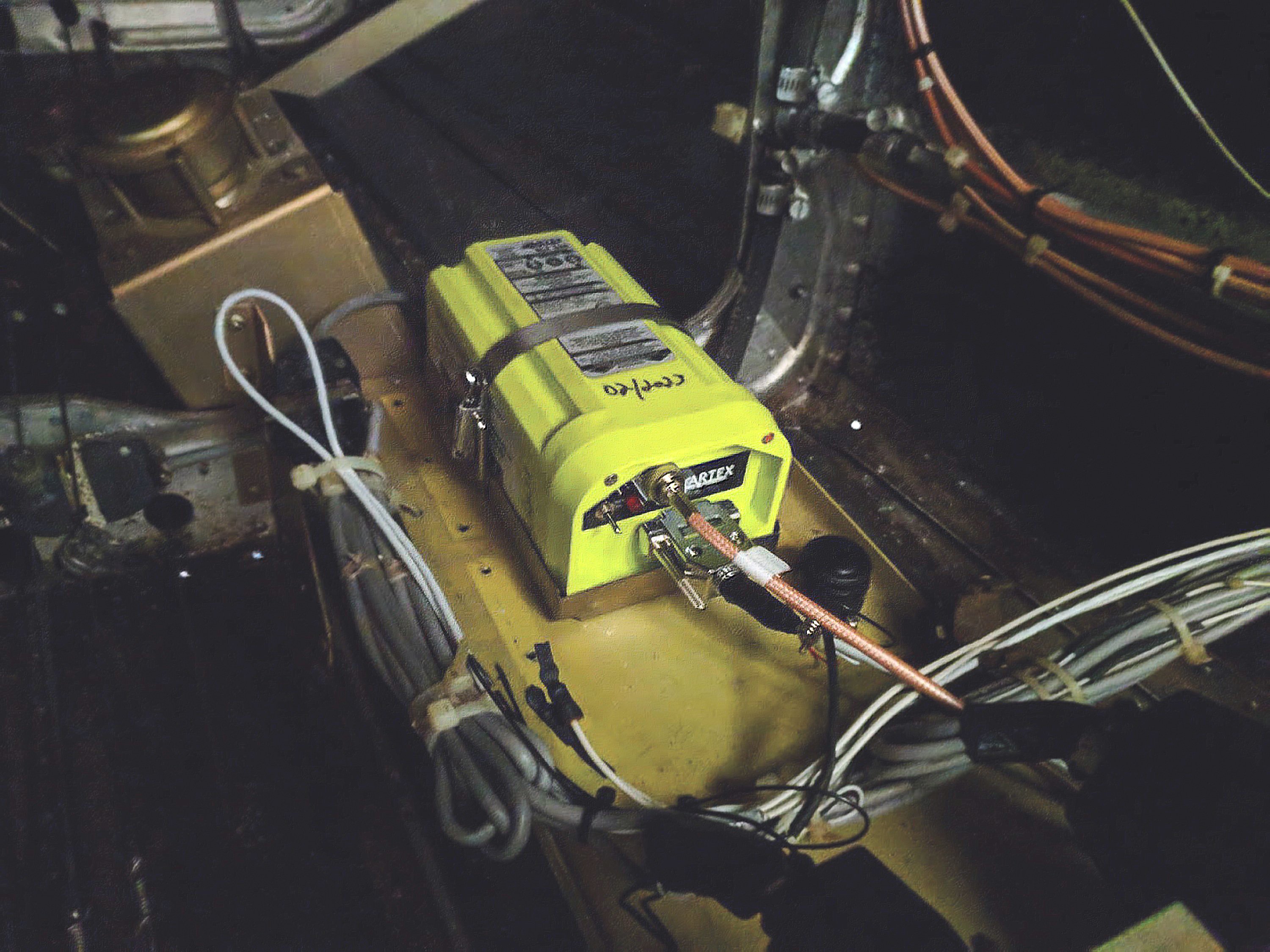
it cuts off the availability of batteries or other replacement parts. The regulatory environment for Lithium Batteries has changed. ACR is providing innovative battery system designs assuring a trouble free certification path. ARTEX ELT 4000 is completely exempt from any FAA Lithium Battery compliance issues and ships non-hazmat.
The lithium battery alternative ELT is here now and affordable. The ARTEX ELT 345 transmits on 406 MHz and 121.5 MHz frequencies and can provide position accuracy with an optional GPS input thanks to the built-in GPS navigational interface.
GPS data is embedded from the first emergency transmission and provides Search and Rescue personnel with the aircraft location, within 100 meters, in less than a minute. Small but resilient, the ResQLink View has been professionally engineered and tested to ensure it can withstand even the harshest
elements. This buoyant Personal Locator Beacon requires no subscription for use and includes a digital display providing live status and GPS coordinates. Whether on land, at sea, or in the air, trust that the ResQLink's satellite precision and military durability, puts
rescue in the palm of your hands. The ELT 345 boasts an industry low price for an ELT providing the same quality and performance on which the ARTEX brand was built. GPS data is embedded within the first emergency transmission and provides Search and Rescue personnel with the aircraft location, within 100 meters,
in less than a minute. Small but resilient, the ResQLink 400 has been professionally engineered and tested to ensure it can withstand even the harshest elements. This buoyant Personal Locator Beacon requires no subscription for use and can be used to enhance your safety in a wide range
variety of environments. Whether on land, at sea, or in the air, trust that the ResQLink's satellite precision and military durability, puts rescue in the palm of your hands. Utilizing the three Cospas-Sarsat Satellite systems, the GEOSAR, LEOSAR, and the new MEOSAR constellations, the ARTEX beacon provides search and rescue forces around the world with the user's ELT emergency distress message and location in less than three minutes, officials add.
The benefits of advanced ELTs must be balanced against costs and the needs of the individual aircraft owner. An individual owner may opt to invest in accident prevention technology, such as Non Required Safety Enhancing Equipment (NORSEE) versus spending the same money on a 406 MHz ELT, which is only effective once an accident has occurred.
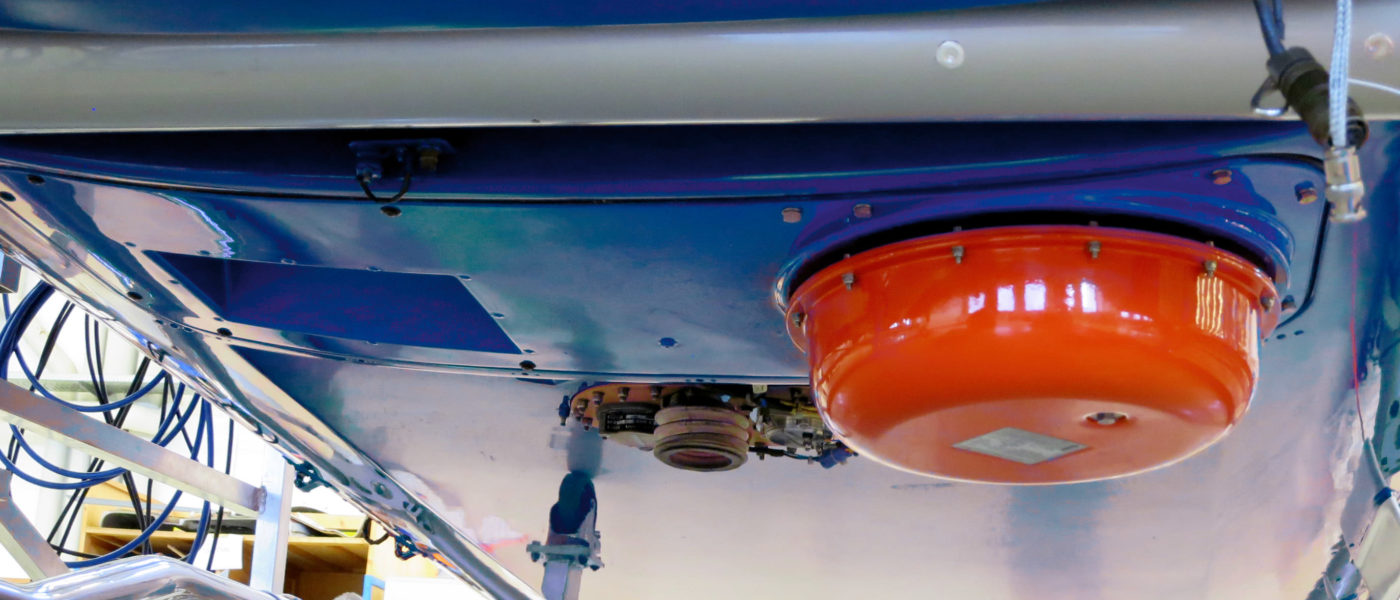
ACK's E-04 is a 406 MHz direct replacement for their E-01 which will fit the E-01 mounting trays and use the same remote control panel indicator. The E-04 external antenna will utilize a current antenna mounting and wiring installation.
Investigations into several aircraft accidents found that ELTs mounted with hook-and-loop fasteners did not transmit an emergency signal because they were dislodged from their mounting trays on impact, severing the antenna connection. These fasteners may not retain the ELT if insufficient tension is applied to close them, if they stretch or loosen over time, if debris contaminates the hooks and loops, or if the fasteners degrade due to environmental factors.
Whether utilizing a 121.5 MHz or 406 MHz ELT, owners should be familiar with the guidance in the Aeronautical Information Manual and the ELT Advisory Circular as far as preventing false alerts and conducting ELT testing in a responsible way.
It is also a legal requirement for owners of a 406 MHz ELT to register their ELT to allow a faster response to an ELT activation. Additional information can be found in a July 2, 2018, Information for Operators notice from the FAA.
Good practice for all pilots is to monitor 121.5 MHz when flying and prior to shutting down the aircraft as any activation of a 121.5 MHz ELT, such as due to a hard landing, will be immediately evident.
In 2017, there were 8,898 406 MHz ELT activations in the AFRCC area of responsibility and about 98% of those alerts were false alarms. Just 122 of the alerts in 2017 were actual distress cases. For each false alert, AFRCC specialists put in considerable research and manhours to track down the ELT and owner.
Each activation is treated as an emergency, so each false alert is a distraction and negatively affects other search and rescue missions. About 90% of false alerts occur because of beacon mishandling during the testing and maintenance of these systems.
The International Civil Aviation Organization (ICAO) standard is the 406 MHz ELT, which is mandatory in many countries for general and commercial aviation. Pilots should check the ELT requirement for any country they will be flying to or over.
At this time, Canada requires an ELT that can transmit a signal on 121.5 MHz, and they highly recommend an ELT that can transmit over 121.5 MHz and 406 MHz. Mexico's deadline for 406 Mhz ELTs on piston-powered private aircraft with a maximum takeoff weight of less than 12,566 lbs is June 30, 2018.
ELTs are emergency transmitters that are carried aboard most general aviation aircraft in the U.S. In the event of an aircraft accident, these devices are designed to transmit a distress signal on 121.5 and 243.0 MHz frequencies, and for newer ELTs, on 406 MHz.
ELTs are required to be installed in almost all U.S.-registered civil aircraft, including general aviation aircraft, as a result of a congressional mandate. The mandate resulted from the 1972 loss of U.S. Representative Hale Boggs and Nick Begich in Alaska after their aircraft crashed and was never found.
The ARTEX ELT 345 transmits on 406 MHz and 121.5 MHz frequencies and can provide position accuracy with an optional GPS input thanks to the built-in GPS navigational interface. GPS data is embedded from the first emergency transmission and provides Search and Rescue personnel with the aircraft location, within 100 meters, in less than a minute.
Comprised of the Bivy Stick and Bivy App, the Bivy Platform pairs feature rich hardware and software to create the perfect blend of safety and convenience. Ideal for adventures and off grid activities of all shapes and sizes, utilize the Bivy Platform to plan your experience, stay on track for the duration of that experience, and remain in contact with everyone that matters throughout, all while knowing that help is always available
at the simple push of a button. ACK's E-04 is a 406 MHz direct replacement for their E-01 which will fit the E-01 mounting trays and use the same remote control panel indicator. The E-04 external antenna will utilize a current antenna mounting and wiring installation.
The 406 Survival is designed to be installed in the aircraft cabin. Through the three frequency transmitter - 406, 243 and 121.5 MHz, the ELT provides a direct connection to global Search And Rescue (SAR) services when an emergency situation occurs.
The Kannad 406 Survival ELT can be installed inside an aircraft on a mounting bracket or in a carry off bag. A 1994 regulation change, 14 CFR Part 91.207(d), requires a separate sign-off or annual inspection for the ELT.
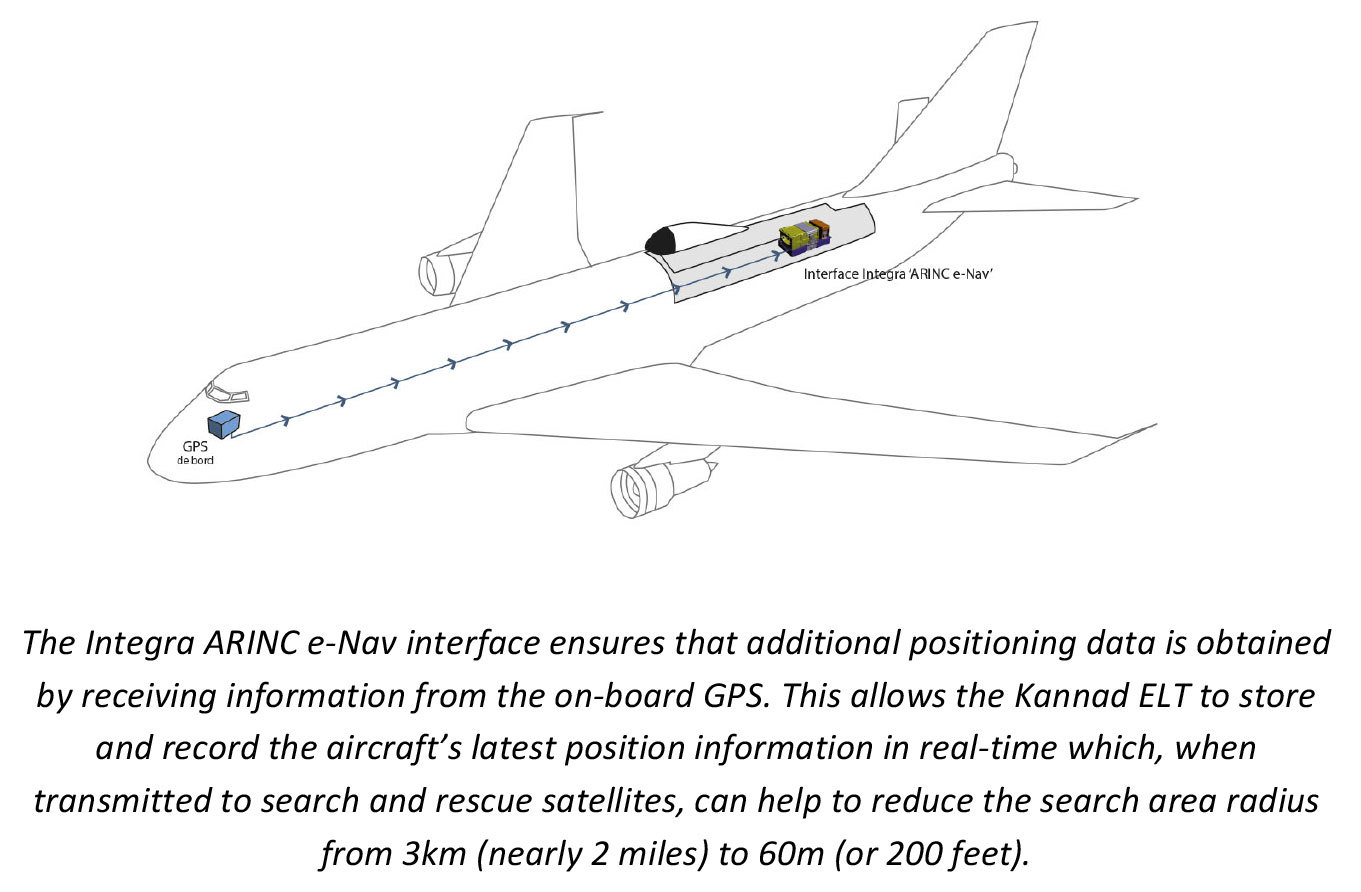
The mechanic actually makes a separate log entry about the ELT. This will usually occur at the same time as the aircraft's annual inspection, but it doesn't have to. The unwary pilot in command could miss the timing on this inspection and find himself in the same trouble as if he had flown with an airworthiness directive compliance time missed.
As we know, the mechanic's signature at an annual is a statement of condition at that time and does not guarantee that everything will remain airworthy until the next annual. Lastly, the new slim-line remote switch works best for ACK and Ameri-King ELT replacements as it requires no modification to the switch panel cut-out when replacing a legacy phone cord style switch.
As an added benefit, the slim-line switch requires no batteries and operates using two-wire connectivity for reliable cockpit panel operation, company officials said. ELTs are mounted aft in the airplane, and designed to be triggered upon impact or may be manually activated using the remote switch and control panel indicator in the cockpit.
Activation of the ELT triggers an audio alert, and 406-MHz ELTs transmit GPS position for search and rescue. The Air Force Rescue Coordination Center (AFRCC) is responsible for coordinating search and rescue activities in the 48 contiguous United States and will support search and rescue operations for American citizens in Mexico and Canada.
This agency is alerted to an ELT activation and determines an appropriate response, sometimes resulting in Civil Air Patrol, United States Coast Guard, and other first responders initiating a search. The AFRCC can be reached at 1-800-851-3051.
The Aeronautical Information Manual includes guidance on proper testing procedures. Regardless of where the ELT is, or the duration of activation, a 406 MHz ELT broadcast will be detected and a response initiated unless proper coordination is conducted in advance.
Any testing of a 406 MHz ELT should be done in accordance with manufacturer instructions, and some include a “self-test” function. As required by law, pilots with a 406 MHz ELT must also register their ELT, which will allow an expeditious identification of a false alert.
For 121.5 MHz ELTs, testing is approved during the first 5 minutes after any hour for a maximum of three audible sweeps. AOPA supports the installation of these more advanced ELTs on a voluntary basis. General aviation is an industry already struggling under the weight of increased regulation and mandated equipment, and the decisions to replace an existing ELT should be left to the discretion of the aircraft owner.
Therefore, AOPA does not support any attempt to mandate or otherwise require the replacement of existing 121.5/243 MHz ELTs with 406 MHz units. However, the association does support the education of pilots and aircraft owners as to the limits of 121.5/243 MHz ELTs and the benefits of 406 MHz units.
elt requirements for aircraft, 121.5 elt for sale, aircraft elt registration, aircraft elt for sale, aircraft elt rules, aircraft 406 elt for sale, used aircraft elt for sale, elt inspection






